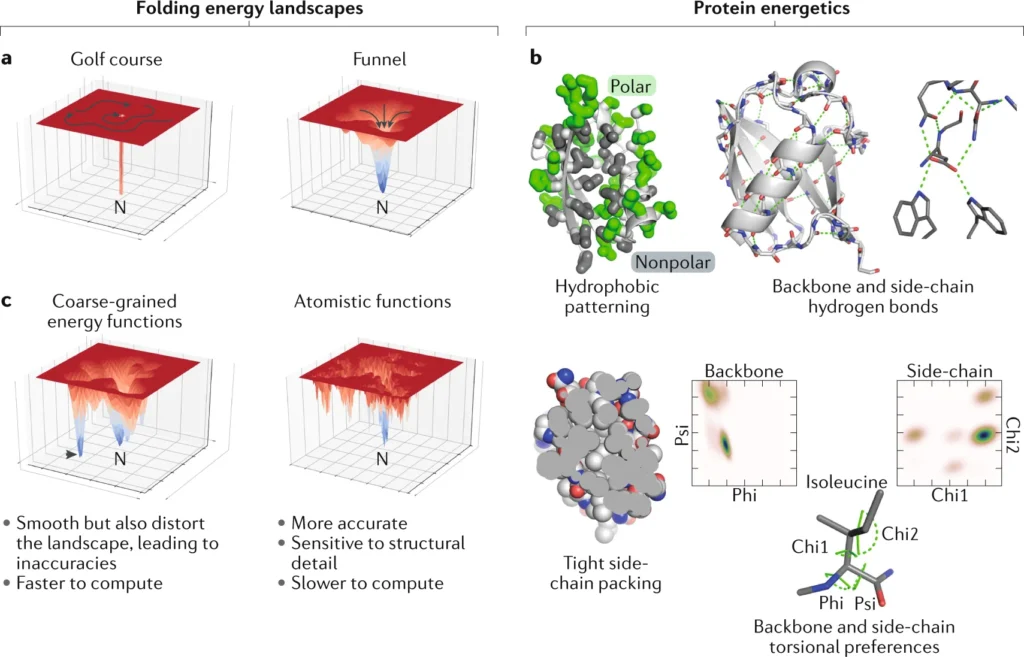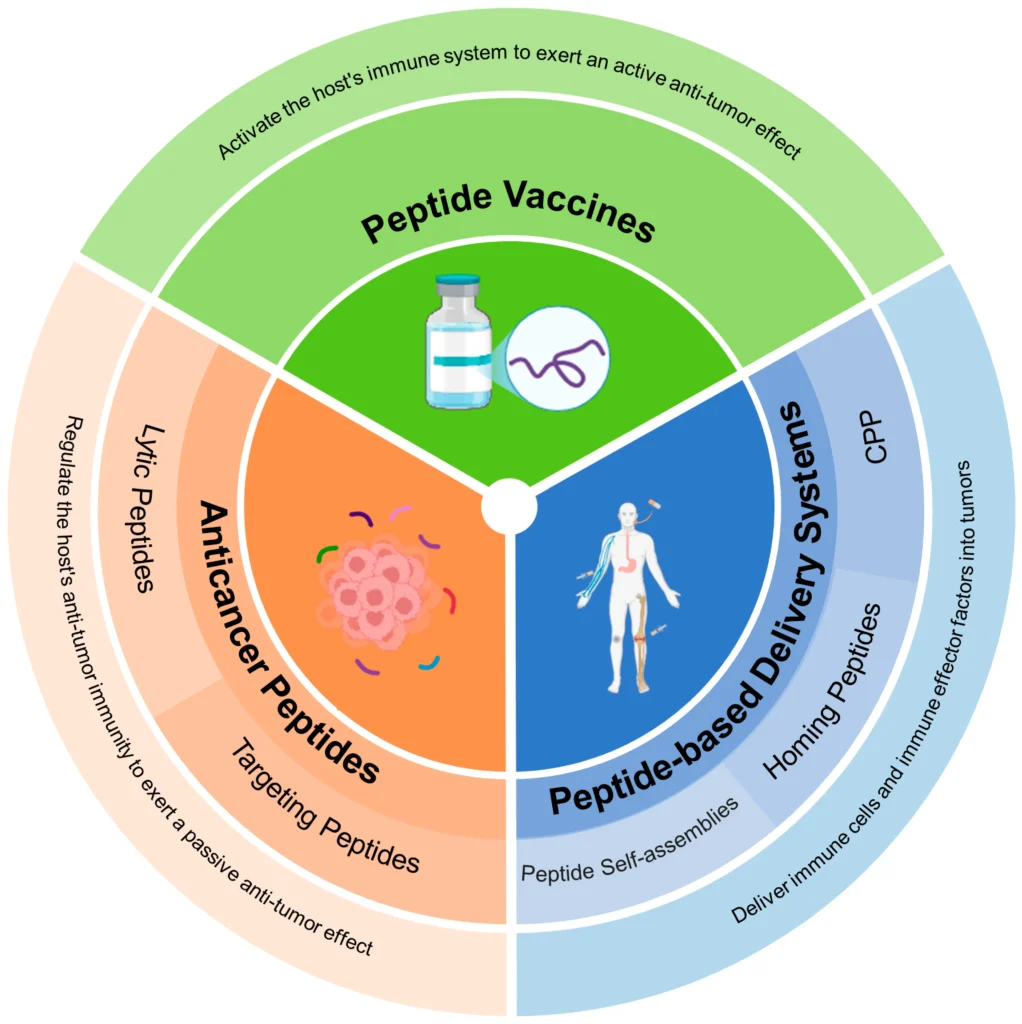Peptides vs. Proteins

Peptides vs. Proteins: Understanding the Differences
While the terms “peptides” and “proteins” are often used interchangeably, they refer to distinct biological molecules with different structures, functions, and applications. Both are composed of amino acids linked by peptide bonds, but their size and complexity set them apart.
What are Peptides?
Peptides are short chains of amino acids, typically ranging from 2 to 50 amino acids in length. They are essentially smaller versions of proteins. Due to their smaller size, peptides are generally easier for the body to absorb and utilize.
Key characteristics of peptides:
-
Size: Shorter chains of amino acids (usually 2-50).
-
Structure: Simpler, often lacking complex tertiary or quaternary structures.
-
Absorption: Generally better absorbed by the body due to their smaller size.
-
Stability: Can be less stable than larger proteins and more susceptible to degradation.
-
Function: Involved in a wide range of biological processes, acting as hormones, neurotransmitters, growth factors, and antimicrobial agents. Examples include insulin (a peptide hormone), oxytocin, and various research peptides used for specific biological effects.

What are Proteins?
Proteins are large, complex molecules made up of one or more long chains of amino acids, typically exceeding 50 amino acids and often containing hundreds or even thousands. These long chains fold into specific three-dimensional structures that are crucial for their function.
Key characteristics of proteins:
-
Size: Longer, more complex chains of amino acids (typically >50).
-
Structure: Possess intricate three-dimensional structures (primary, secondary, tertiary, and sometimes quaternary) essential for their biological activity.
-
Absorption: Can be more challenging for the body to absorb intact due to their larger size, often requiring digestion into smaller peptides or amino acids.
-
Stability: Generally more stable than peptides.
-
Function: Perform a vast array of functions in the body, including catalyzing metabolic reactions (enzymes), DNA replication, responding to stimuli, providing structure to cells and organisms, and transporting molecules. Examples include hemoglobin, collagen, and antibodies.
Key Differences Summarized
| Feature | Peptides | Proteins |
|---|---|---|
| Size | Short chains (2-50 amino acids) | Long chains (>50 amino acids, often hundreds) |
| Complexity | Simpler structure | Complex 3D structure (folding is crucial) |
| Absorption | Generally well-absorbed | Can be harder to absorb intact |
| Stability | Less stable, more prone to degradation | Generally more stable |
| Function | Hormones, signaling molecules, growth factors, etc. | Enzymes, structural components, transporters, antibodies, etc. |

Why the Distinction Matters for Peptide Biologics
At Peptide Biologics, we specialize in high-quality research peptides. Understanding the distinction between peptides and proteins is crucial for researchers. Peptides offer unique advantages due to their smaller size, which can lead to better bioavailability and more targeted effects in research applications. While proteins are vital for life, peptides provide a more focused approach for specific biological investigations.
Our commitment at Peptide Biologics is to provide meticulously synthesized peptides for your research needs, ensuring purity and efficacy for accurate scientific outcomes.
